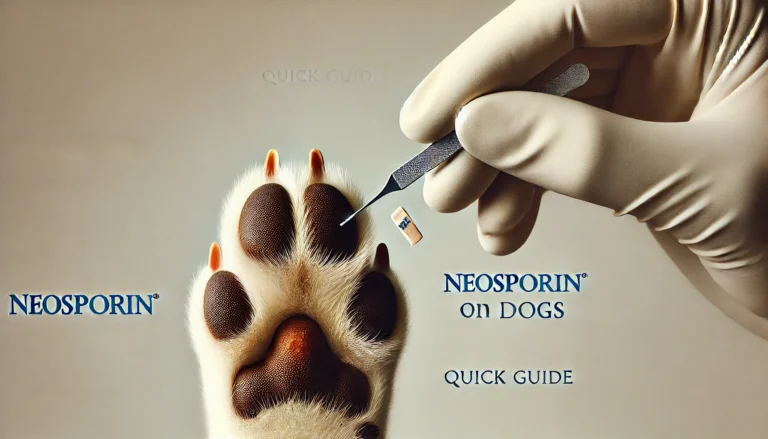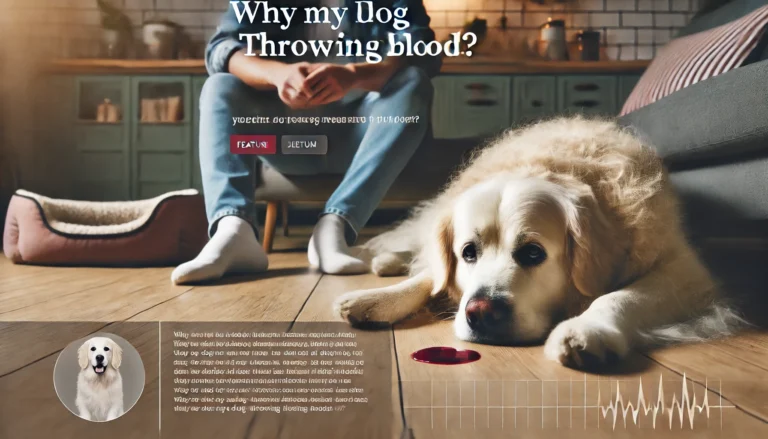Pet euthanasia: Everything You Need to Know

The loss of a beloved pet is a deeply emotional experience, and when the time comes to consider pet euthanasia, it can be one of the toughest decisions a pet owner faces. This guide aims to provide a comprehensive overview of pet euthanasia, covering its definition, reasons for considering it, the process involved, emotional implications, legal considerations, and more. By the end, you will have a better understanding of what to expect and how to navigate this challenging time.

What is Euthanasia?
Euthanasia, derived from the Greek words “eu” (good) and “thanatos” (death), refers to the practice of intentionally ending a pet’s life to relieve them from suffering or pain. The term can apply to various animals, but it is most commonly associated with dogs and cats. Understanding what Pet euthanasia is and the circumstances that lead to it is crucial for pet owners.
Euthanized Pets: What Does It Mean?
When we say a pet is Pet euthanasia or Euthanized Pets, it means that a veterinarian has administered a sedative followed by a drug that induces death. The process is designed to be humane and painless. Many owners may wonder about the mechanics of how pets are euthanized, what is Pet euthanasia, and why it becomes necessary in certain situations.
Why Consider Pet Euthanasia?
Quality of Life Assessment
One of the primary reasons for considering Pet euthanasia is the quality of life of your pet. As pets age or face serious health issues, their ability to enjoy life diminishes. Questions often arise, such as “should I put my dog down if he is still eating?” This decision often weighs on the severity of their suffering and loss of function.
Terminal Illnesses in Pet euthanasia
Terminal illnesses in pets, such as cancer, kidney failure, or severe heart disease, may lead to immense suffering. If your pet is diagnosed with such conditions, understanding when to put your dog down becomes crucial. Discussing the prognosis with your veterinarian can provide clarity about the best options moving forward.
Severe Injury or Trauma
Accidents can result in severe injuries that might not be treatable. In cases of traumatic injury, like a broken back or severe internal injuries, owners may have to consider the possibility of euthanasia to prevent further pain.
Behavioral Issues
Sometimes, behavioral problems may pose a danger either to the pet or to others. For instance, aggression that cannot be managed through behavioral therapy may lead owners to consider euthanasia as a last resort.
The Decision-Making Process
Consulting a Veterinarian
The first step should always be a consultation with a veterinarian when you found our the Pet euthanasia . They can provide accurate diagnoses, treatment options, and assess your pet’s current health status. Your vet can help you understand the implications of your pet’s condition, discussing options like:
- Palliative Care: Focused on managing pain and providing comfort.
- Euthanasia: When suffering is profound and cannot be managed, euthanasia may be the most humane choice.
Evaluating Your Options for Pet euthanasia
It is essential to evaluate all possible options with your vet. Many people wonder about the costs involved in euthanasia, leading to questions like “how much does it cost to put a dog down?” The costs can vary depending on the size of the pet and the location, but knowing what to expect can ease some stress.
Emotional Considerations in Pet euthanasia
Deciding on euthanasia is fraught with emotion. Feelings of guilt, sadness, and anxiety are common during this period. It’s vital to acknowledge these emotions and seek support from family, friends, or pet loss support groups.
The Euthanasia Process for Pet euthanasia
Preparing for the Procedure in Pet euthanasia
Once you and your veterinarian decide on euthanasia, preparing for the procedure becomes the next step. This preparation may include:
- Scheduling an Appointment: Choose a time when you can be with your pet without feeling rushed. Some vets offer home euthanasia, allowing pets to pass in a familiar and comfortable setting.
- Gathering Loved Ones: If desired, invite family members or friends to be present. Having loved ones around can provide comfort during this difficult time.
The Procedure Itself
During Pet euthanasia , the veterinarian will first administer a sedative to calm the pet and ease anxiety. Following this, a second injection is given, which is an overdose of anesthetic. This method is designed to be painless, ensuring a peaceful passing for your pet.
After the Procedure: What Happens Next?
After your pet has passed, you will have several options regarding their remains:
- Burial: Some owners choose to bury their pets in their backyard or in a pet cemetery. Always check local regulations regarding pet burial.
- Cremation: Many veterinary clinics offer cremation services. You can choose between communal cremation or individual cremation, which allows you to keep the ashes.
- Memorialization: Creating a memorial for your pet can help you process your grief. This may involve making a scrapbook, planting a tree, or creating a dedicated space in your home.
Do you know?
The lifespan of a rat depends largely on whether it lives in the wild or is kept as a pet. Pet rats generally live longer due to better living conditions, food, and healthcare.
Coping with Grief After Euthanasia
Understanding Grief
Grief is a natural response to the loss of a pet. It’s essential to allow yourself to feel your emotions and recognize that the grieving process is different for everyone. Many people question themselves during this time, pondering, “did I euthanize my dog too soon?”
Seeking Support
Don’t hesitate to seek support from friends, family, or professionals. Many communities have pet loss support groups, both in-person and online. Sharing your feelings with others who understand can be incredibly therapeutic.
Creating a Tribute
Honoring your pet’s memory can help in the grieving process. Consider creating a tribute through:
- Memory Box: Collect mementos like toys, photographs, and collars.
- Online Memorial: Share memories online to commemorate your pet’s life.
- Artistic Expression: Some people find solace in creating art or writing about their experiences with their pet.
Legal Considerations in Pet euthanasia
Understanding Local Laws
Laws regarding pet euthanasia and disposal of pet remains vary by location. It’s crucial to familiarize yourself with these regulations, especially if you plan to bury your pet at home.
Documentation for Pet euthanasia
You may need documentation from your veterinarian regarding the euthanasia procedure. This is particularly relevant if you opt for cremation or require proof for legal purposes. Always ask your vet for any necessary paperwork.
Understanding Euthanasia Costs
How Much Does It Cost to Euthanize a Dog?
Costs for euthanasia can vary significantly based on location, the size of the dog, and whether the procedure occurs at a clinic or at home. The average cost to euthanize a dog can range from $50 to $300, depending on these factors. Many owners often ask, “how much does it cost to put a dog down and cremate?” The cost of cremation can add an additional $50 to $150.
Home Euthanasia Services
Home euthanasia services are becoming more common, allowing pets to pass away in familiar surroundings. However, this service may come with an additional cost, typically ranging from $300 to $500, depending on the provider. Owners might ask, “is it legal to euthanize your dog at home?” and the answer usually depends on local laws and the availability of licensed veterinarians.
Conclusion for Pet euthanasia
Deciding to euthanize a pet is a profoundly challenging experience. It requires careful consideration, compassion, and understanding. Remember, euthanasia is not an easy choice, but it can be a loving act that prioritizes your pet’s comfort and dignity in their final moments. Take the time you need to grieve, seek support, and honor your pet’s memory in a way that feels right for you. Ultimately, your pet will always hold a special place in your heart, and their memory will live on through the love and joy they brought into your life.
Frequently Asked Questions about Pet euthanasia
Can I Be with My Pet During the Procedure?
Yes, you can be present during the euthanasia process. Many owners choose to hold their pets and speak soothingly to them as they pass. This presence can provide comfort to both the pet and the owner.
What if I’m Unsure About the Decision?
If you’re uncertain, discuss your concerns with your veterinarian. They can provide insights into your pet’s condition and help guide your decision. Remember, prioritizing your pet’s comfort is a sign of love.
Is Euthanasia Painful for My Pet?
Euthanasia is designed to be a painless and peaceful process. The sedative given beforehand helps to ensure your pet feels no discomfort during the procedure.
How Can I Help My Other Pets Cope with the Loss?
Pets can grieve, too. Be attentive to any changes in behavior in your remaining pets, such as changes in appetite or activity levels. Maintain a consistent routine and provide extra love and attention during this time.
How do I prepare my pet for euthanasia?
To prepare your pet for euthanasia, schedule an appointment with a veterinarian, gather loved ones if desired, and create a calm environment. Consider any final comforts, such as favorite toys or blankets.
Should you hold your dog during euthanasia?
Yes, many pet owners choose to hold their dog during euthanasia to provide comfort and reassurance. Your presence can help ease their anxiety.
What to expect when a pet is euthanized?
Expect a two-step process: first, your pet will receive a sedative to calm them, followed by an overdose of anesthetic, which will gently induce death. Most pets pass peacefully.
Do pets know they are being euthanized?
While pets may sense changes in their environment and the emotions of their owners, it’s unclear if they understand the concept of euthanasia. They usually respond to your comforting presence.
Can a pet wake up after euthanasia?
No, once a pet is euthanized, they cannot wake up. The procedure is designed to ensure a painless and final passing.
Why did my dog cry when euthanized?
Dogs may cry due to stress, fear, or discomfort, especially if they sense their owner’s anxiety. It’s essential to provide reassurance throughout the process.
Did my dog know he was being put to sleep?
Dogs may not understand they are being put to sleep, but they can feel the emotions and the calmness of their owners, which can influence their response.
Do dogs like to be comforted when dying?
Yes, many dogs find comfort in their owner’s presence and gentle touch. Providing reassurance and love can help them feel secure as they pass.
How do you say goodbye to your dog before euthanasia?
Take a moment to spend quality time with your dog, express your love, and share comforting words. You might also give them a favorite treat or toy as a final gesture.
What shuts down first when a dog dies?
When a dog dies, the first systems to shut down typically include the circulatory system, followed by the respiratory system. Eventually, brain activity ceases as well.






